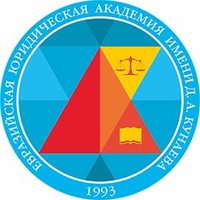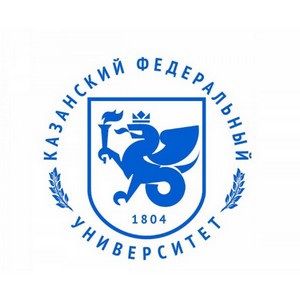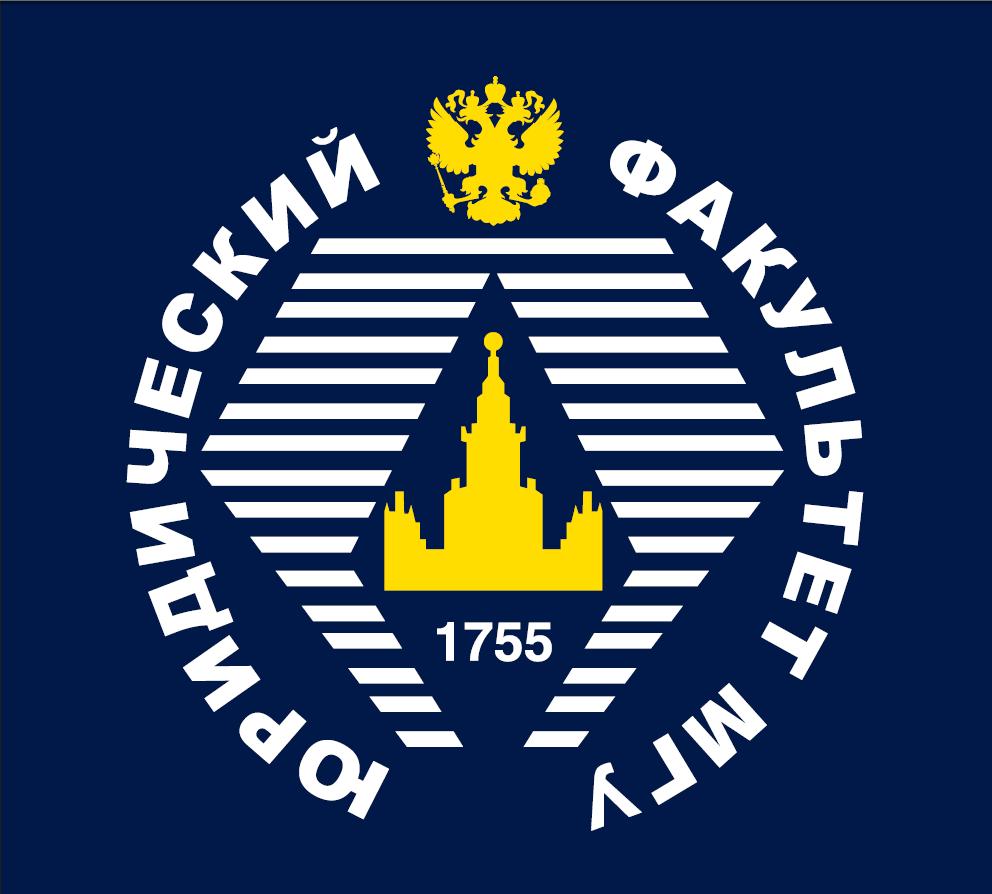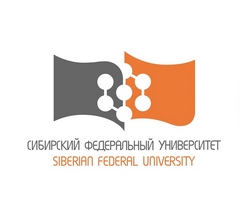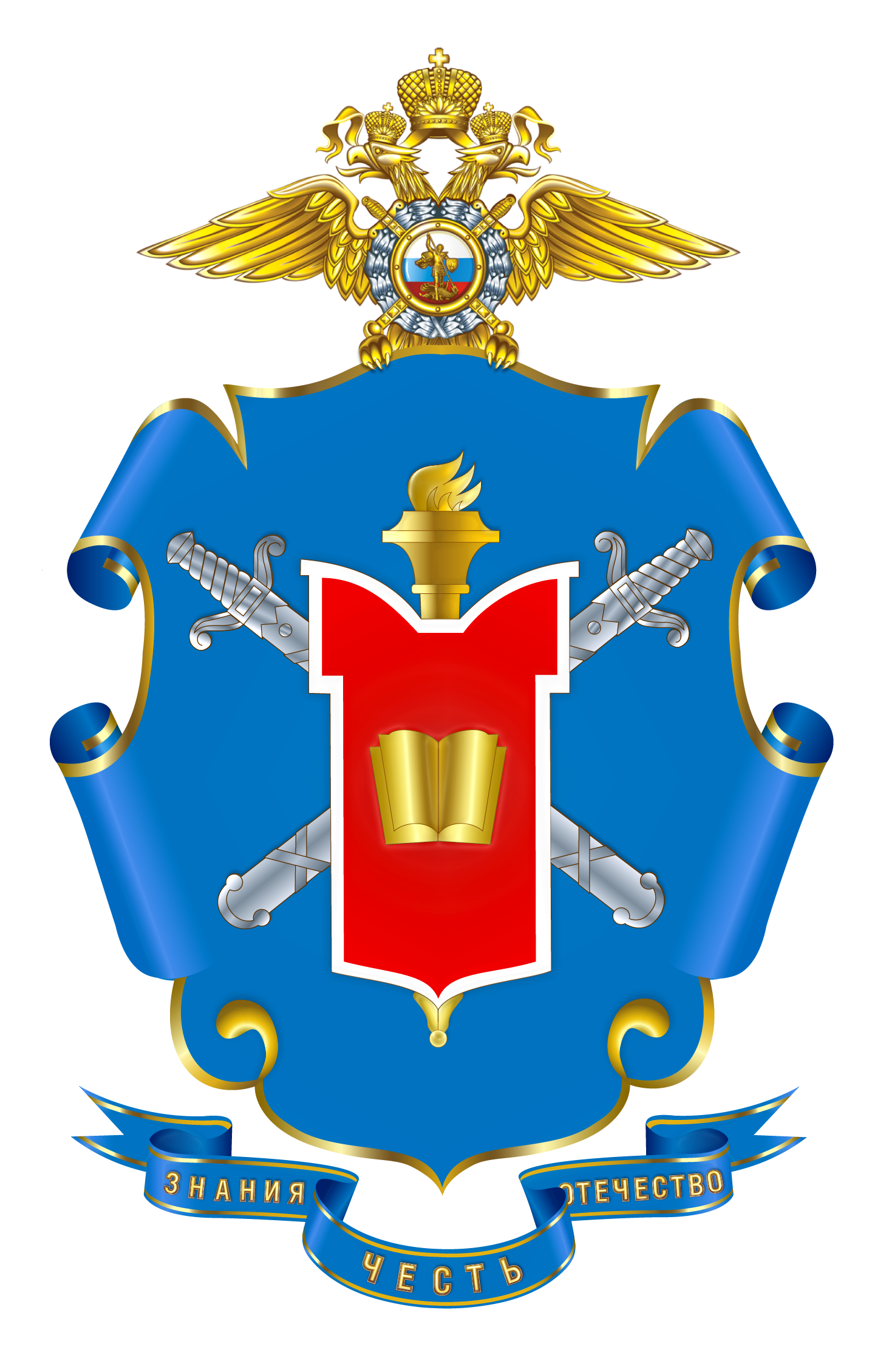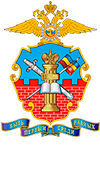On 18 July 1870, the Roman Catholic Church dogma of papal infallibility was adopted.
On 18 July 1870, at a meeting of the Ecumenical Council in Saint Peter’s Basilica, with an open vote, 533 prelates said ‘placet’ (‘for’) and two – ‘non placet’ (‘against’) to the proposal of the then Pontiff Pius IX (1792–1878) on the adoption by the Western Church of the dogma of infallibility pf the Pope of Rome.
According to this dogma, the doctrinal ‘papal infallibility’ is a gift of the Holy Spirit given to the Pope as the successor of the Apostle Peter by virtue of apostolic succession, and not because of his personal qualities (like any other Christian, the Pope is not protected from committing sins and needs repentance and confession).
Although infallibility was not thought of as ‘total’ but extended only to the decisions of the Pope on matters of faith and morality made by him as the supreme pastor of Catholics, giving it the ‘force of law’ caused sharp protests from wide circles of believers and contributed to the growth of anti-clerical sentiments in the world.
Initially, it was not intended to discuss the dogma of the papal infallibility of the Pope. However, the issue was raised at the insistence of the ultramontane party and after a long debate was resolved in a compromise version (with the reservation ‘ex cathedra’). The dogmatic constitution defines the conditions – the utterance of ‘ex cathedra,’ not private teaching, and the scope of application – judgments about faith and morality arising from the interpretation of Divine Revelation.
The Pope only once exercised his right to proclaim a new teaching ex cathedra. In 1950, Pope Pius XII proclaimed the dogma of the Assumption of the Blessed Virgin Mary.
Translated by Elizaveta O. Ovchinnikova











